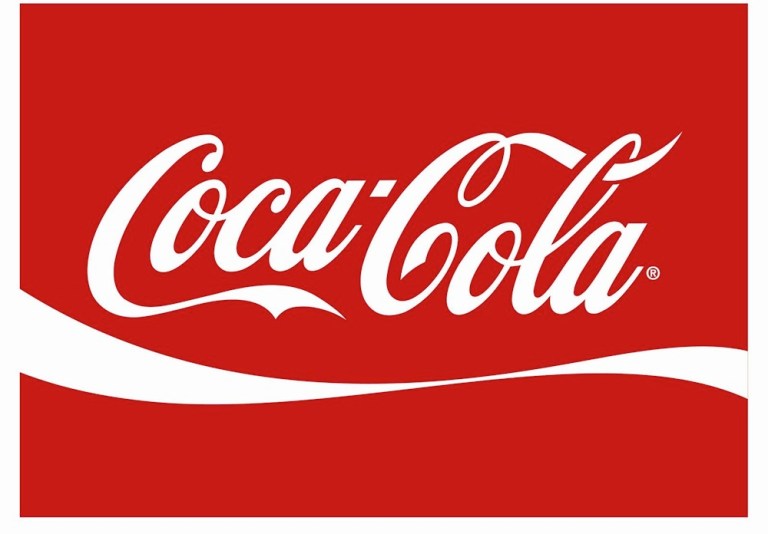
While there are any number of rather expected things that the web and the switch to digital commerce might disrupt, most of us probably assumed that things like Coke were safe from inclusion on that list.
Well, you know what they say about when you assume.
Consumers who shop more at home than at the mall aren’t getting cokes out of vending machines or at the food court. Sure, the digital switch is hurting rapidly shutting down stores more — but according to Coke’s CEO James Quincey, it is also taking a bite (or a gulp) out of Coke.
“Digital is changing the way you behave,” he said. “It affects other categories that are not the primary reason you thought about making the shopping trip.”
So how to help Coke when in the digital age? That, Quincey notes, is his challenge #1.
Part of it is investing in brands away from their soda line — as consumers concerned about health are more likely to be attracted to new brands such as Suja Life and Aloe Gloe.
Quincey has also condensed costs and closed swaths of Coke’s international bottling operation as he moves to help the firm run more efficiently.
And efficient Coke will have to be — since its stock has declined 3.8 percent this year.
But beyond getting leaner and meaner, Coke’s new CEO’s focus is in technologically upgrading the iconic American brand. That means using tech to note where they are losing sales — food delivery, for example, was a problem for Coke because restaurants had been selling the wrong serving sizes.
“Unless you’re adapting to the secondary effect, you can find — all of a sudden — weird and surprising changes happening to you,” Quincey said.
Coke is also no longer building customized software to run things like human resources and bill payment, relying instead on cheaper ready-made systems.
“We’re not a software company — we’re in the business of making beverages,” Quincey said.